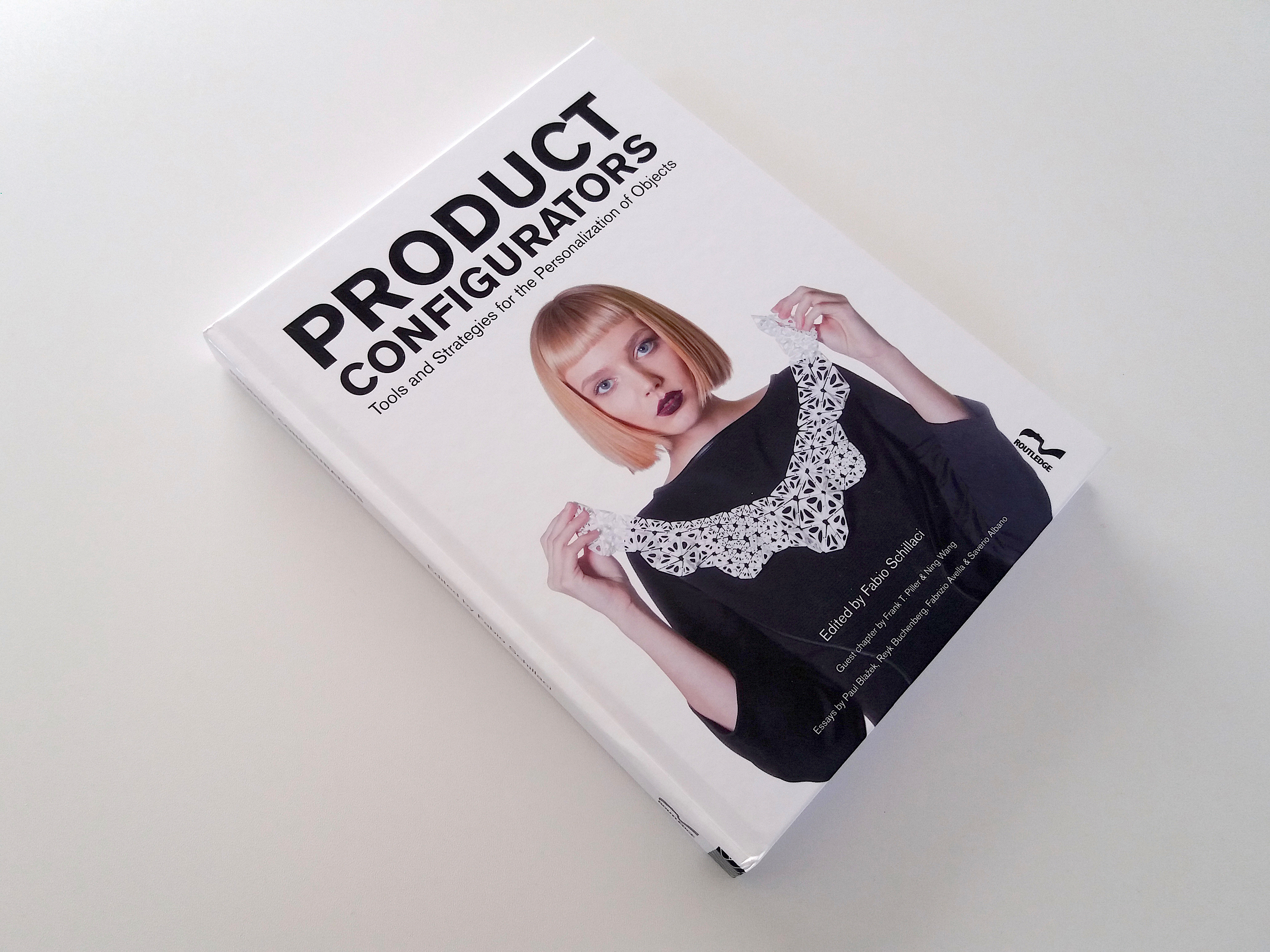Fabio Schillaci on Product Configurators
Fabio Schillaci is far from shy when it comes to discussions around digital technology application to mass customization, personalization and product configuration, having worked intensively across these disciplines for more than a decade. Before moving to Germany in 2002, he studied architecture in Italy, at a time when there wasn’t the separation that exists now between Urbanism, Architecture and Product Design. A time, as he refers to it, “when we [as students] were meant to be able to design everything, from a city to a tea spoon,” quoting an Ernesto Nathan Rogers slogan from the 50s.
In 2003 he commenced his first project within the field of Mass Customization, entitled “Web-Site/Web-House [Housing Mass Customization]”. In short, a video game concept that allows people to meet, cluster and self-organize online. The final shape, built through Computer Aided Manufacturing (CAM) technologies, is a physical manifestation of the users’ negotiation, provided they are able to overcome challenges and reach a consensus. This all, at a time before Facebook existed.
We took the time to pick his brain on the topic of Product Configurators, which happens to be the title of his recent publication and also happens to feature some of our work at INDG.
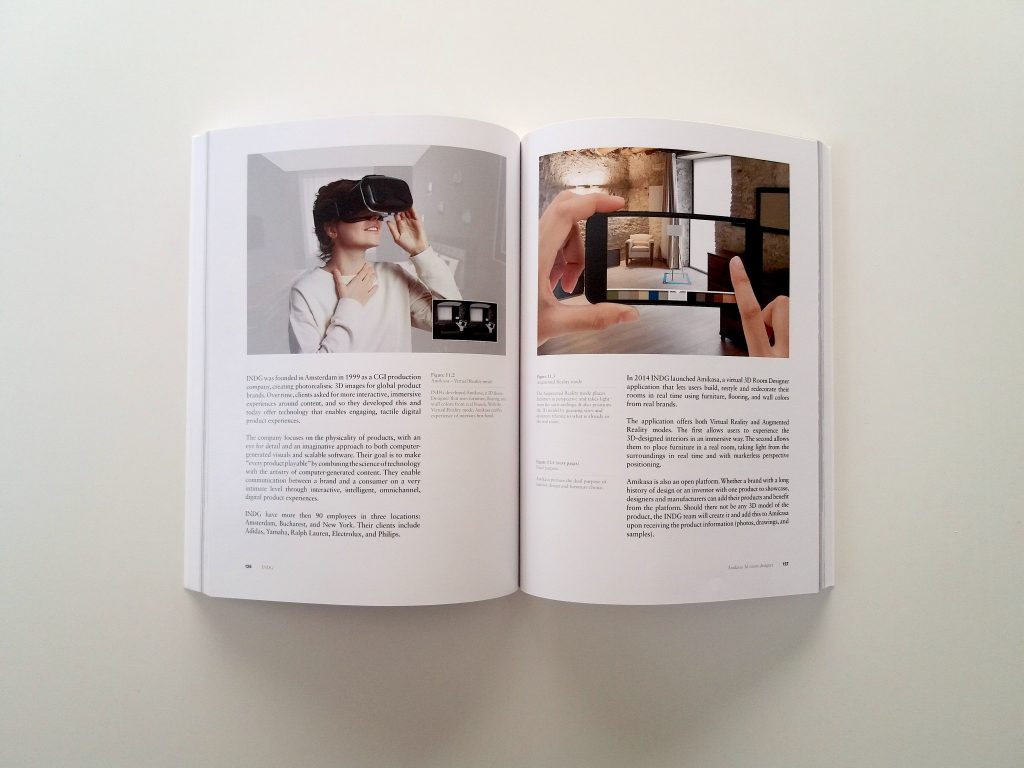

First things first, why did you choose the topic of product configurators for your book?
There is already a lot of material out there on Mass Customization and Personalization, albeit not always from a designer’s point of view. However, many people from this discipline only vaguely know about Product Configurators, and some have never even heard of the topic before. This is unbelievable if you think about the consequences that this could have on the discipline as a whole. In some ways, I feel a responsibility to contribute – hopefully in a positive way – to the discussion. This is actually the motivation behind all of my work, and also the book.
Do you have any plans in the pipeline for other books or projects around this topic?
I’m continually looking at ways I can sharpen the concept of Configuration. It is slightly – but significantly – different from Personalization and (Mass) Customization, which are individual by nature. Configuration is inherently social. It’s not by chance that the word “Configuration” comes from the latin Cum-Figurare, meaning “to figure with”, which I interpret as the act of “figuring together”.


Can you tell us a bit about the process behind the book? How did you select the companies you portray in the book?
The aim of the book was to contribute to the general discussion but also to introduce the topic to a wider audience – not only designers. Configuration concerns several domains and therefore it requires multiple approaches. This is something you are quickly confronted with when dealing with the topic for the first time. I felt it very important to render this amplitude, without trying to codify the discipline.
The companies presented in the book are the result of a stringent selection process. In November 2015, I made a call for entry to 48 internationally recognized companies spanning across 21 countries. Each office was asked to submit a brief description of their company, along with details and images of what they considered to be their most exciting and relevant showcase. Thirteen entries were then selected, expanded and adapted through an iterative process of further questions and exchanges.
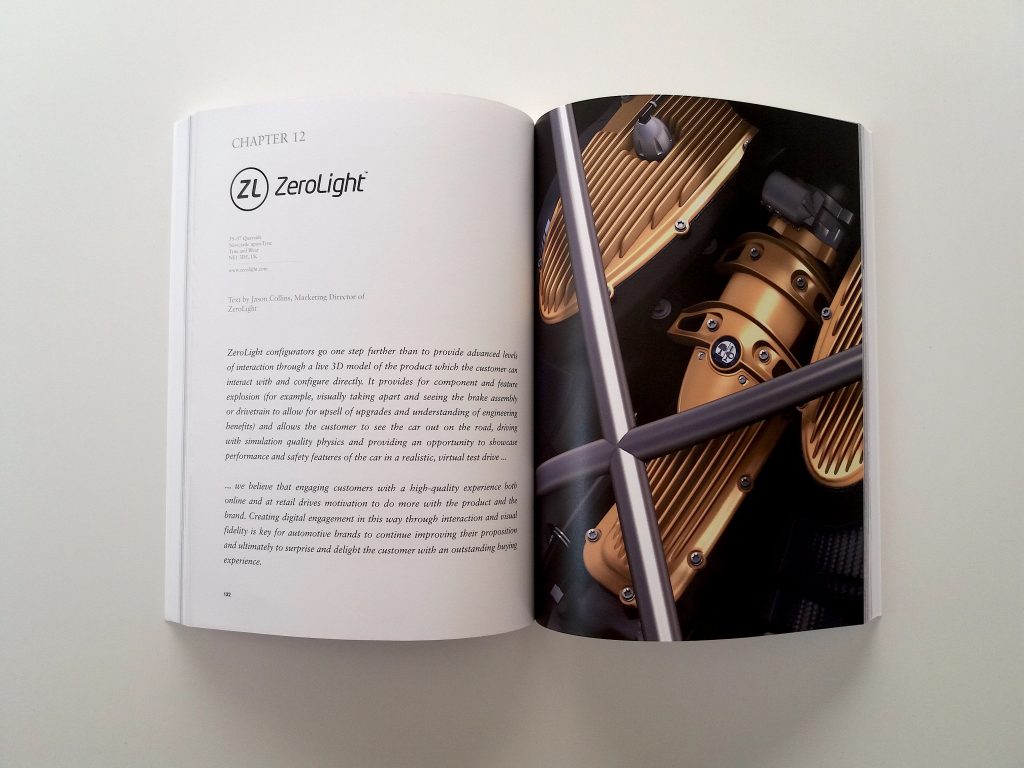

The collection – ranging from conceptual to commercial applications – brings together experienced actors from the fields of design, communication, programming, video games, and software. With the overarching aim to provide a piece of conceptual and empirical work that helps readers understand significant aspects within the realm of configuration, and at the same time serve as a source of inspiration. It’s worth mentioning that Routledge has a very strict policy concerning publishing, so the book has even been peer reviewed.
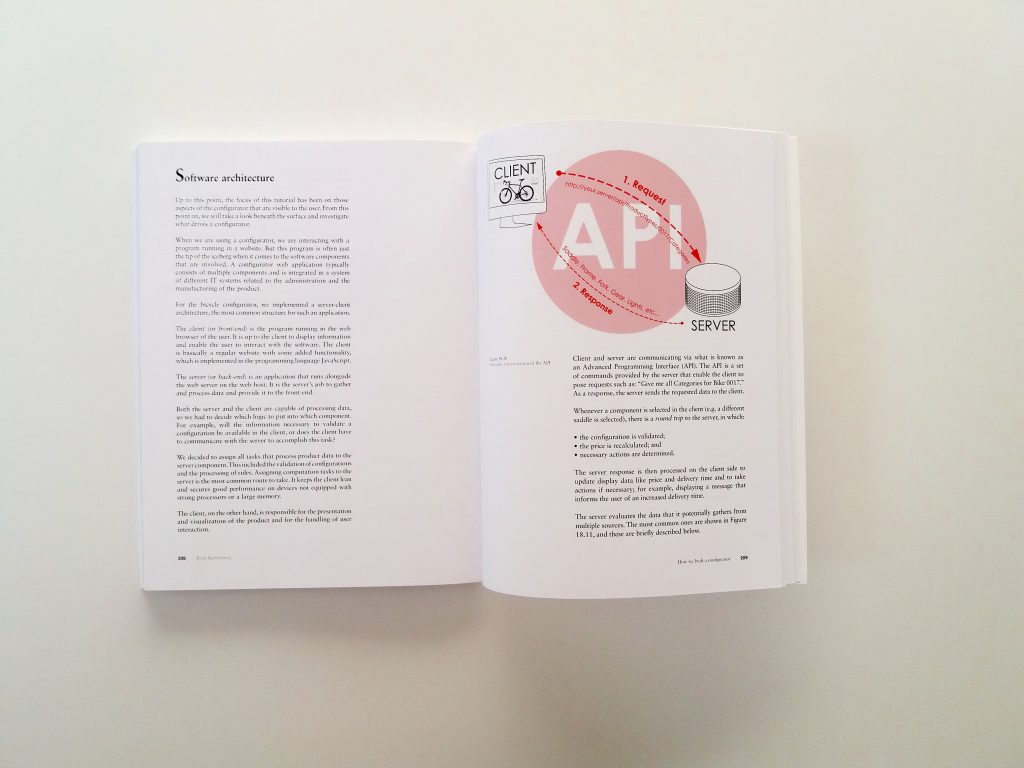

Gamification is briefly touched upon, the idea that the more the challenge, the better the tool. Do you think we will be seeing more products derived from this kind of gaming logic?
When reading the literature around this topic, it seemed crucial that configurators (and their production systems) should be fast and efficient, otherwise users would run out of time and patience. But here, we forget that the act of personalizing an object can be something very special. If an object is, or becomes, important to a user, the chances are high that they will complete the user journey.
The X.me project mentioned in the book is a system with countless variations. The simplicity of its rhomboidal design (developed by LAPS Architecture and MYOP) ensures consistent quality across the incredible quantity of variations. This is something you can’t really explain with words or images. It’s something you have to feel, and the best way to achieve this was to let people play around with it.
As opposed to pushing or pulling the vertices of the rhombuses – in order to bring one vertex into the desired position – instead, you can push or pull a red “X” on one of the four neighbouring areas. This will have knock-on effects to neighbouring areas and their respective vertices. This is certainly not the most logical way to configure a shelf, but it makes it much more fun. Your action causes unexpected reactions, and you need to learn to harness it, which in turn allows you to discover the shelf-system. And if you really want to, at the end you will achieve the shape you like. The difficulties you overcame will only make the object important to you. The time you spent on it, will lead you to appreciate the design.
That’s only a very rough example and I don’t really know if there is more of this to come like this, but it represents an interesting potential. Most importantly is the provocation: we should always question the centrality of efficiency and cost-benefit of such processes in favour of the emotions they produce.
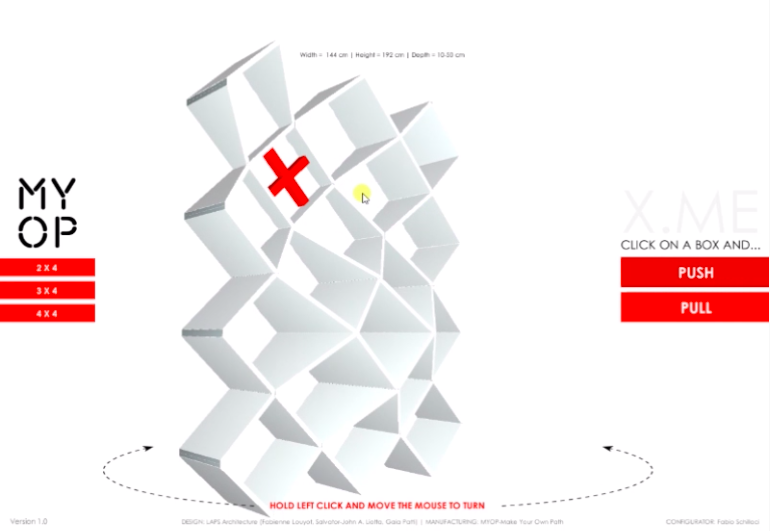

Are there future technologies that you see as particularly relevant within the field of configuration?
I don’t consider any particular technology to be more relevant than another. Instead I see cruciality in the use of narrative for those categories.
We’re starting to see the digital revolution really arriving at manufacturing level, what are your thoughts on this new scenario of industrial production?
I think that the Information Revolution will socialize industrial production and that – in the long term – it will democratize its infrastructure. This will give designers the opportunity to become increasingly independent, especially from single manufacturers. What we’re seeing today, unfortunately, is digital manufacturing restricting opportunities as a good infrastructure remains complex to achieve, so only very few can afford it. But I think this is another thing that will change in the future.
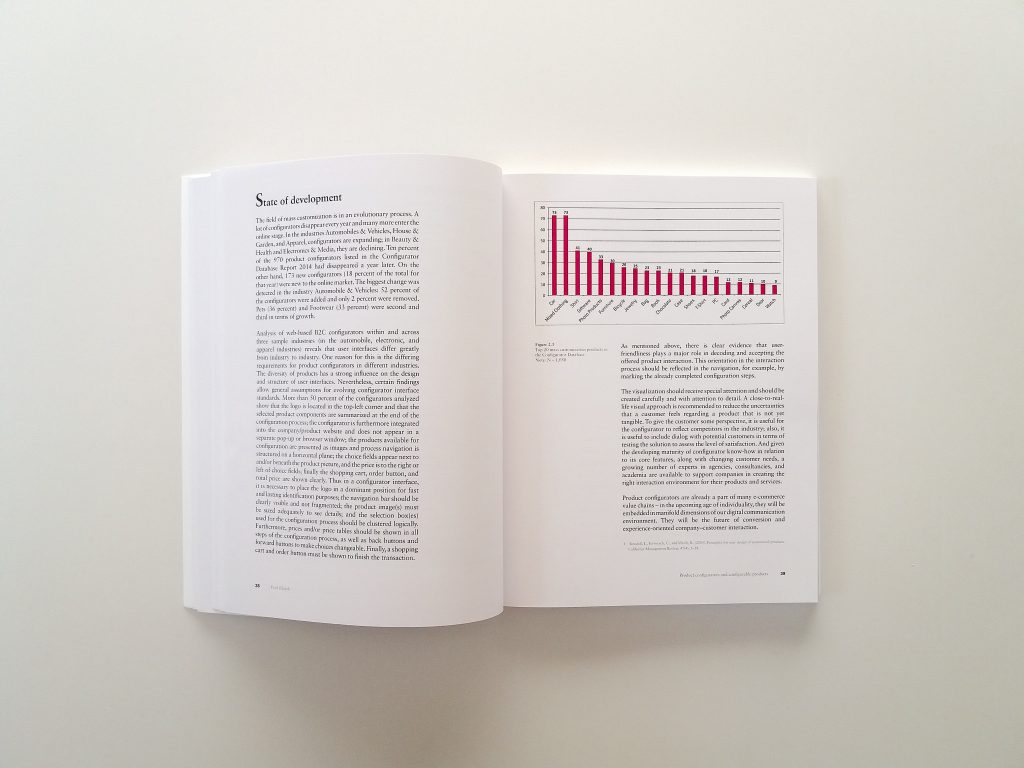

With growing participation of users within the creation process, what do you see as the job of a designer in future and how do you see it evolving?
Nobody really knows the answer to that, and that’s why we must continue to discuss and debate the topic. Since – empirically – not every variation in a configurable system is good, we need to better understand how to manage quality. Furthermore, as designers it is our duty to investigate new codes of beauty that can result from this all.
So where – if at all – do you see the boundary between allowing customers their individual expression and minimizing their “burden of choice”?
I don’t think that customers would have a burden of choice if they practice configuration. Enormous possibilities can instead be fun. In a configurable system, it is key to find the boundary of configurability. That is to understand at which point a configured object stops to belong to its family, which in other words means at which point it loses its quality.
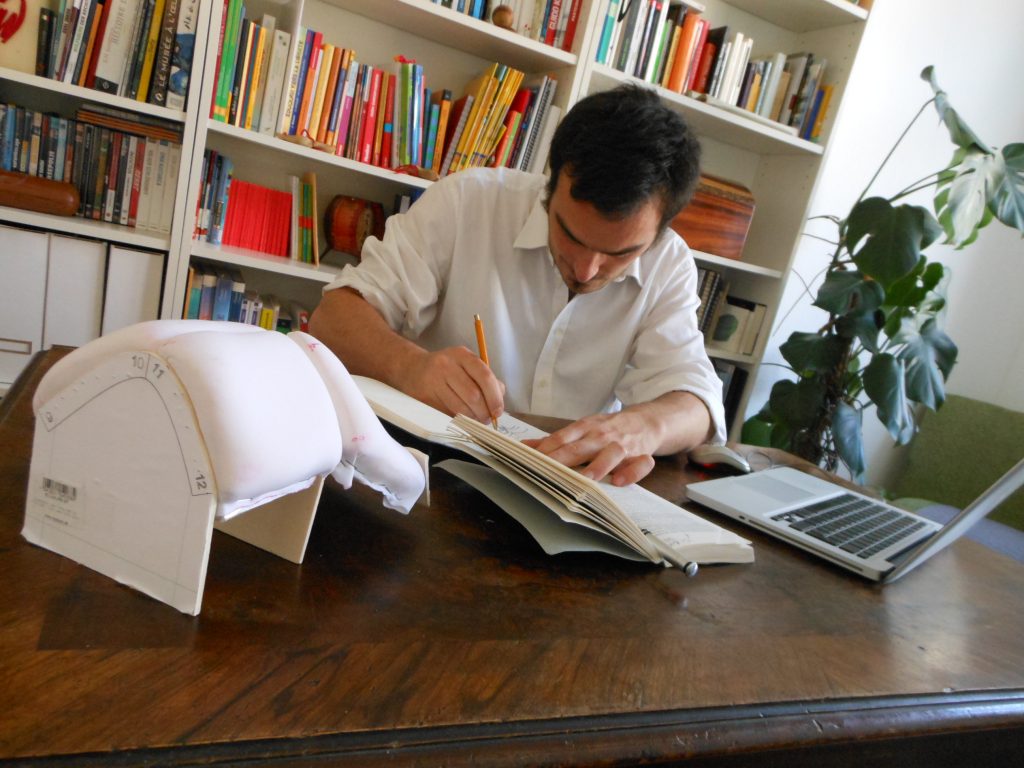

Thank you Fabio for your time. This book provides a source of inspiration and a manual for designers, entrepreneurs and professionals who are looking into the practical application of product configurators. Click here to order it on Routledge. You can also find out more here on Fabio’s first project: “Web-Site/Web-House [Housing Mass Customization]”. To continue the conversation online and learn more about making all products playable digitally, please follow us on Twitter @INDG


